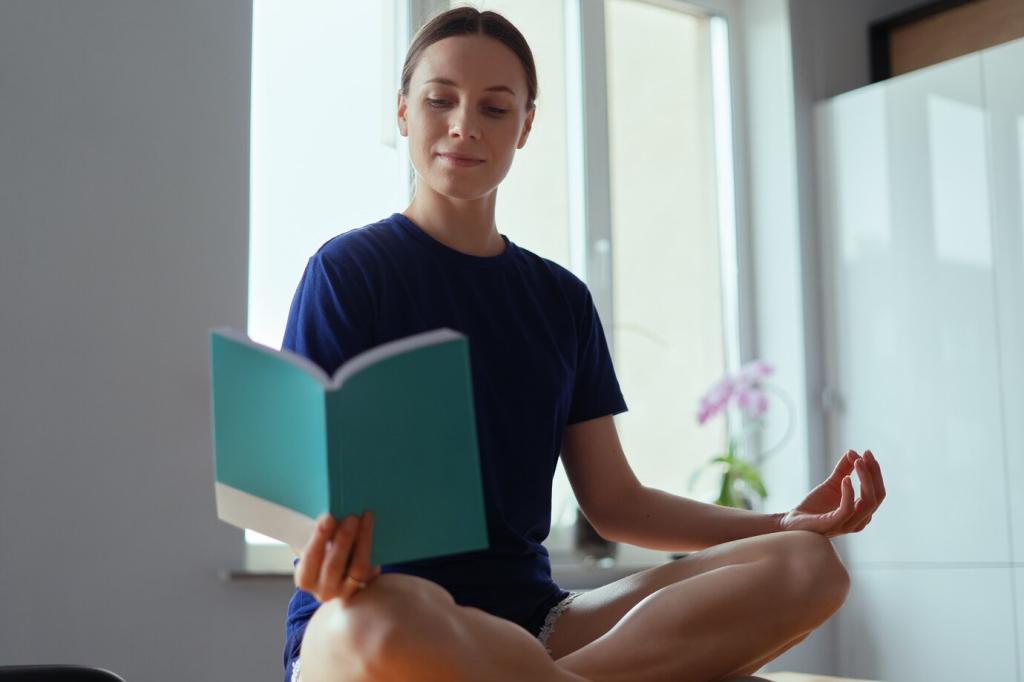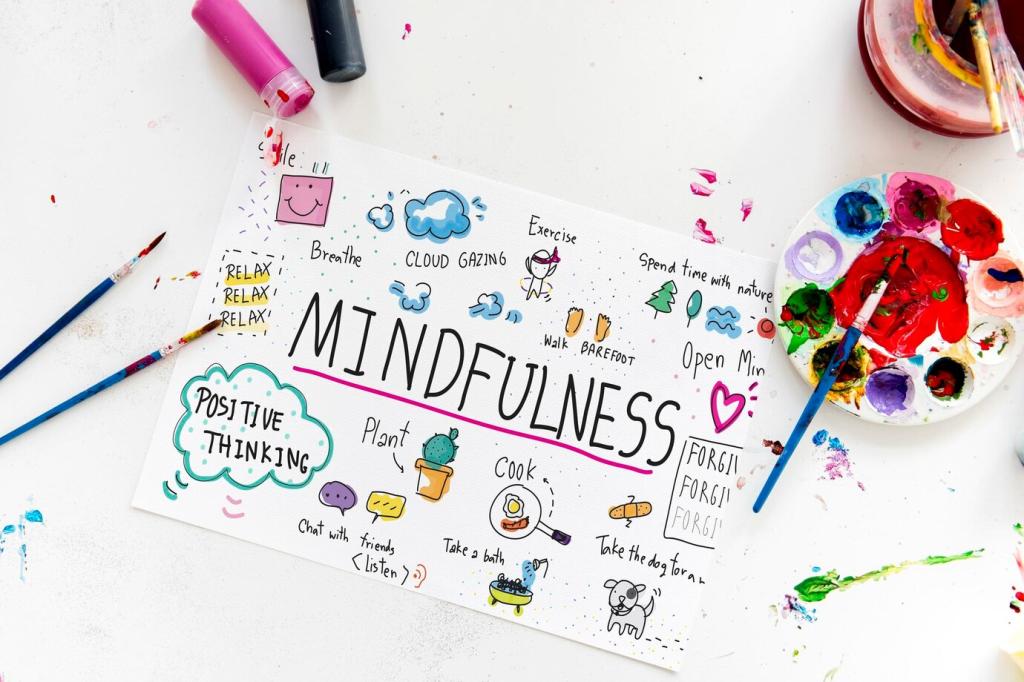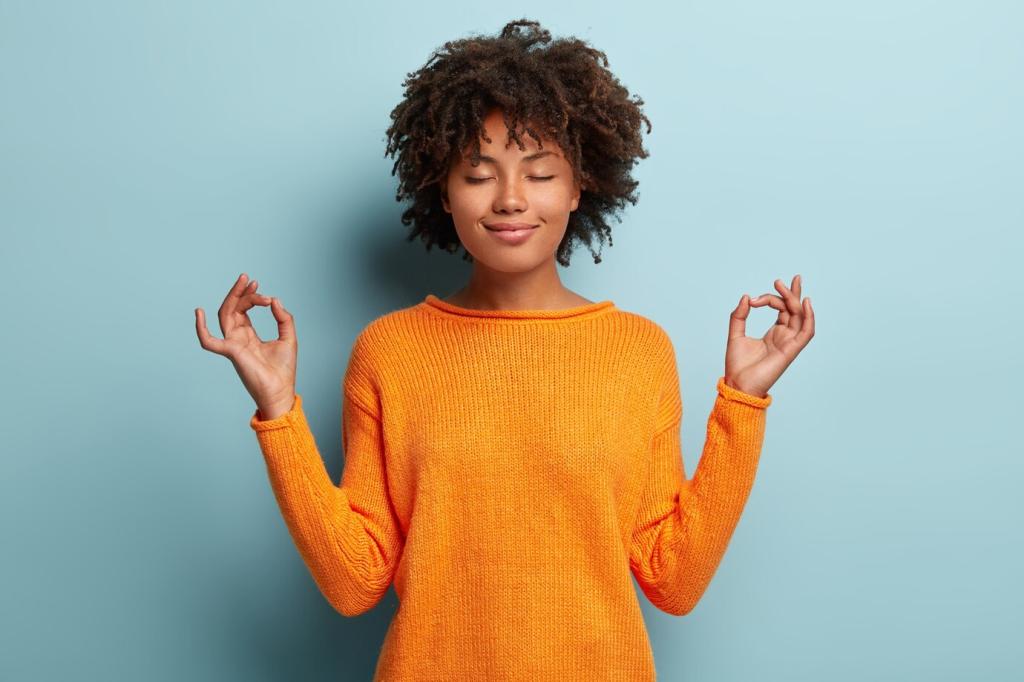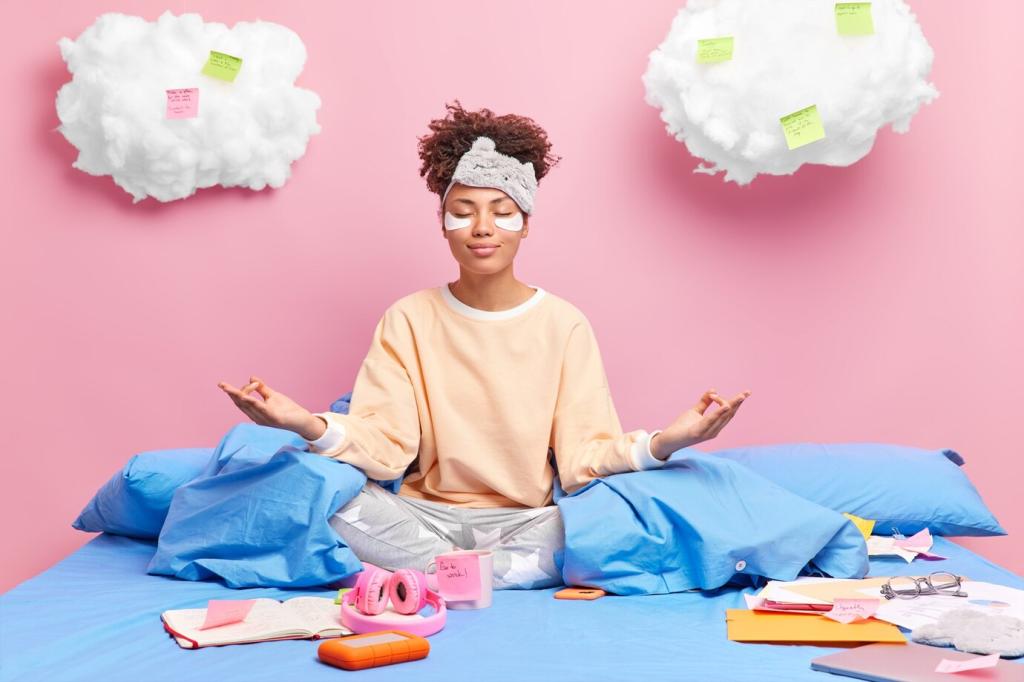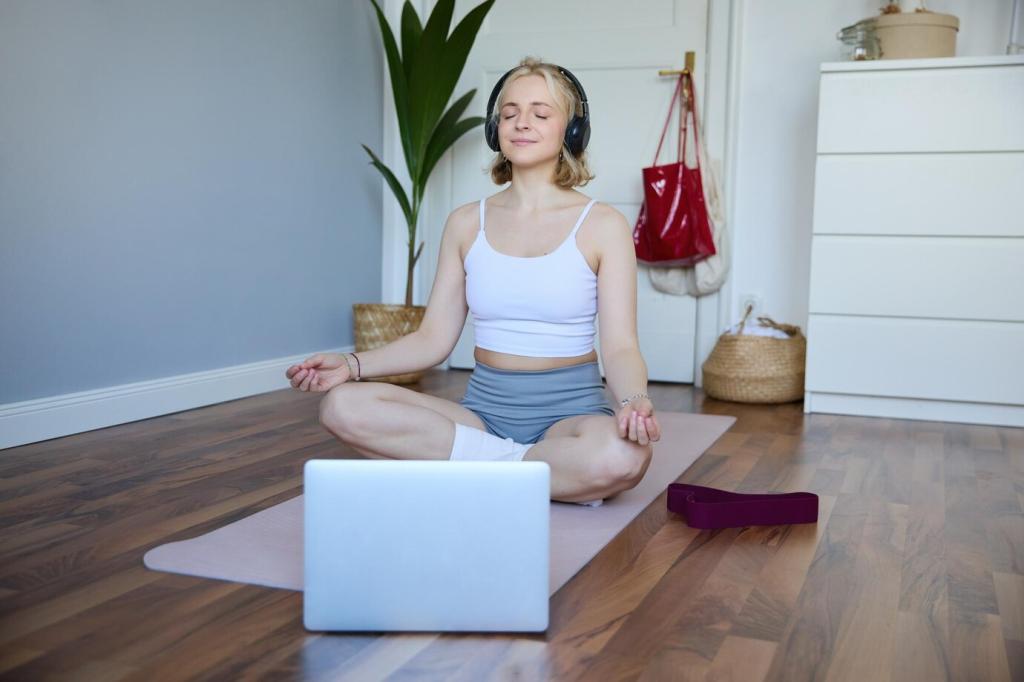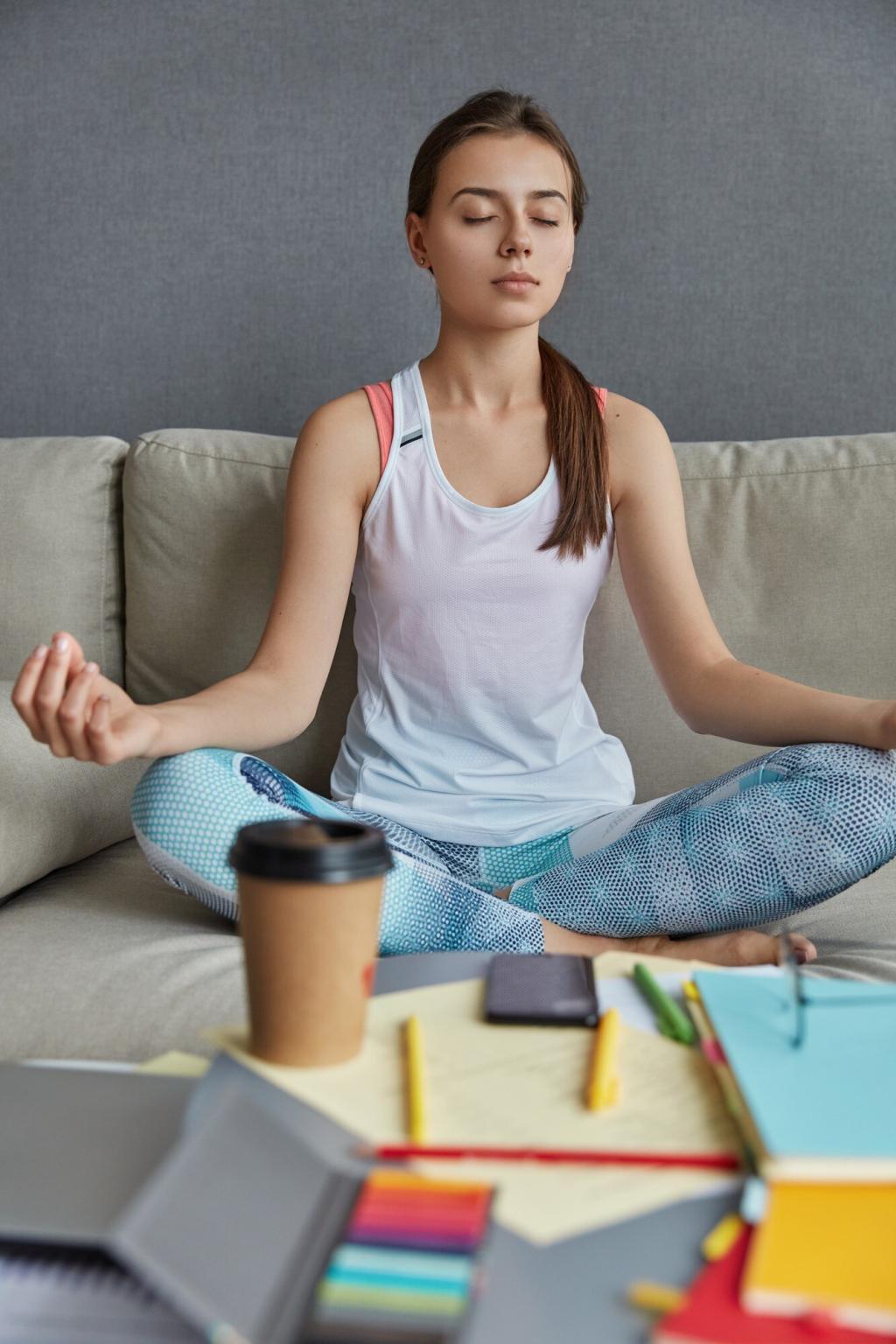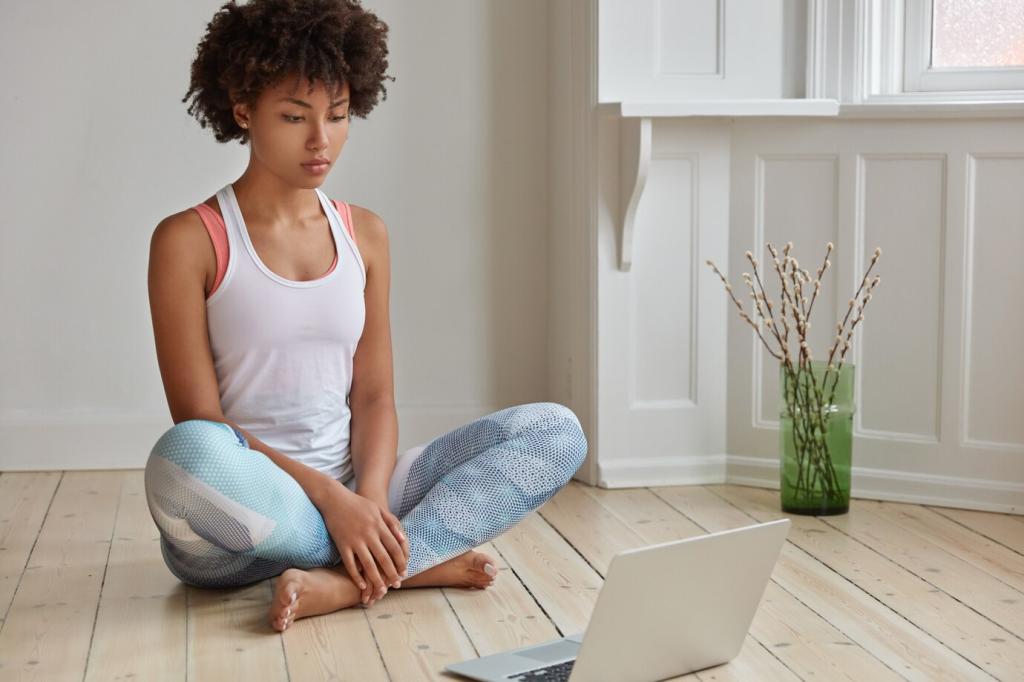Deepening Imagery with the Five Senses
Add texture to your visuals: the grain of a wooden dock, the shimmer of leaves, the haze on distant mountains. Adjust distance—near details to anchor focus, far vistas to invite ease. Share one textural detail that instantly makes your scene feel more real.
Deepening Imagery with the Five Senses
Layer gentle sounds: rhythmic waves, a kettle beginning to sing, pages turning. Notice how subtle sound cues lure your attention away from rumination. If you craft a soundscape that calms you quickly, describe it so others can borrow your quiet symphony.
Deepening Imagery with the Five Senses
Invite sensory notes like cedar, orange peel, or fresh rain. Add a sip of mint tea or the softness of a blanket at your shoulders. These micro-details tell your nervous system, “We are safe.” Comment with one scent that instantly makes your breath longer.

